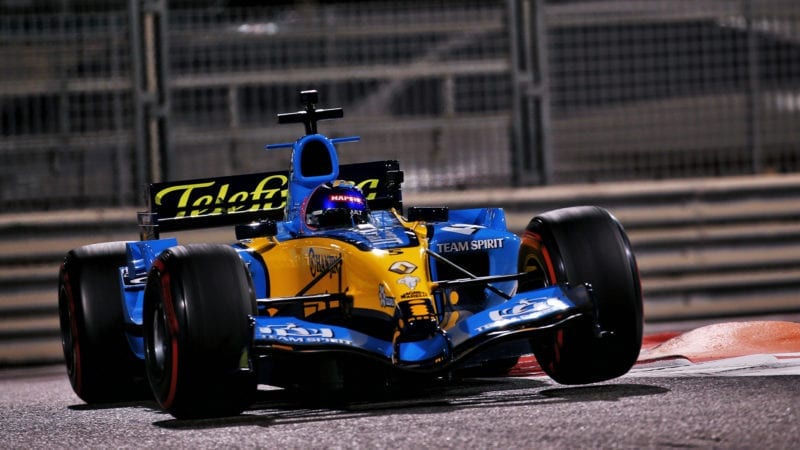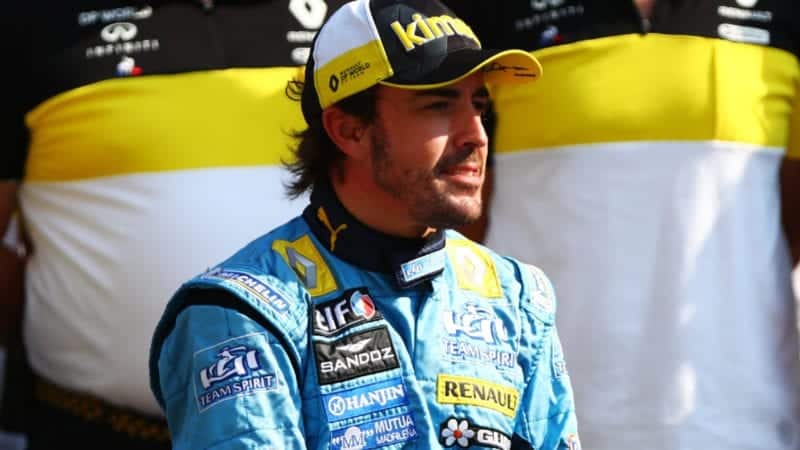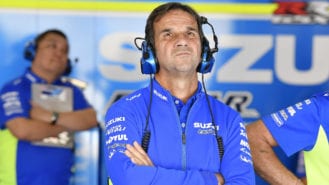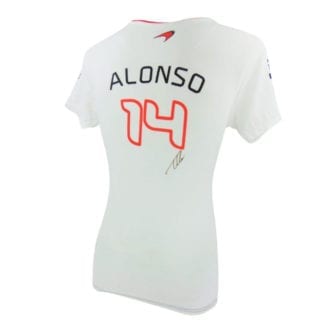“Sportiness, elegance, avant garde. It stands for the passion to win, with new challenges to overcome at each race. We lead the same fight in the group to turn the company around. It’s a challenge in which we engage every day. We know that 2021 will be difficult.
“We will fight to make it a success, but it’s a collective effort. The Alpine team contributes to it by giving us pride, and a sense of belonging. Every podium we’ll climb onto will prove that anything is possible.”
Stirring stuff, and while there was more than a touch of PR hyperbole, the key was that message of genuine support for the team from the top management, something that was not so clear cut in the Carlos Ghosn era.
The direct link from the board to the race team is emphasised by the decision to give new Alpine Cars CEO Laurent Rossi overall responsibility for the race team as well as the expanding road car company.
Immediately below him are two joint team bosses: Marcin Budkowski, who joined as executive director and de facto technical boss in April 2018, is now partnered by racing director Davide Brivio, who brings winning knowledge from the MotoGP world.
Gone from the scene is the colourful Cyril Abiteboul, who did much to help rebuild the team over the past few seasons, but wasn’t wanted as part of the new structure.
Like the big boss Rossi makes it clear that Alpine has big ambitions, and he stresses that championships are being targeted under the 2022 regulations.
“Here our objectives are pretty aggressive” Marcin Budkowski, Alpine Technical Director
“It is obvious that it’s a transition year for everyone,” he says. “It’s not a transition year for any team in particular, it’s just the end of a regulation era, and we’re already gearing up and building the car for the new era.
“This year the car is an improved version of last year. Of course, it’s a bit different, but it’s more an evolution than a disruption in terms of design, both from the engine and the chassis side. So we hope to do at least as well as we did last year.
“That is to say, be a consistent contender for podiums, and fight with the best for good to great results during the races.
“So that is this year. Behind the scenes, out of the track, we’re building the new car, the new engine, the new chassis. And here our objectives are pretty aggressive. In fact, Alpine is here to stay. It’s the affirmation of the Renault Group that we want to tackle the new era with high ambitions.
“We decisively designed our processes, our team, in order to first compete for podiums in the mid-term, and then in the longer run compete for victories. And not just races, but also the championship, the drivers’ and the constructors’ championships.

Enstone’s last titles came with Alonso in ’05 and ’06
Renault
“By the end of the era, this is what we want to accomplish. We don’t enter the field with the hope of doing well – we enter the field with the hope of winning.”
There is some logic to those bold ambitions, notably the budget cap, as mentioned previously.
That will ensure that development of the 2022 packages is being conducted on a level playing field, at least since the cap came into force on January 1. In theory Alpine has as much chance as anyone else of hitting the ground running with a good chassis package in 2022.
The other key is the engine freeze that starts next year and runs for three seasons until a new formula is introduced in 2025. Renault had a pretty competitive PU last year, and if the engine division enters the freeze on a solid footing level relative to its rivals, the team should be in good shape.




